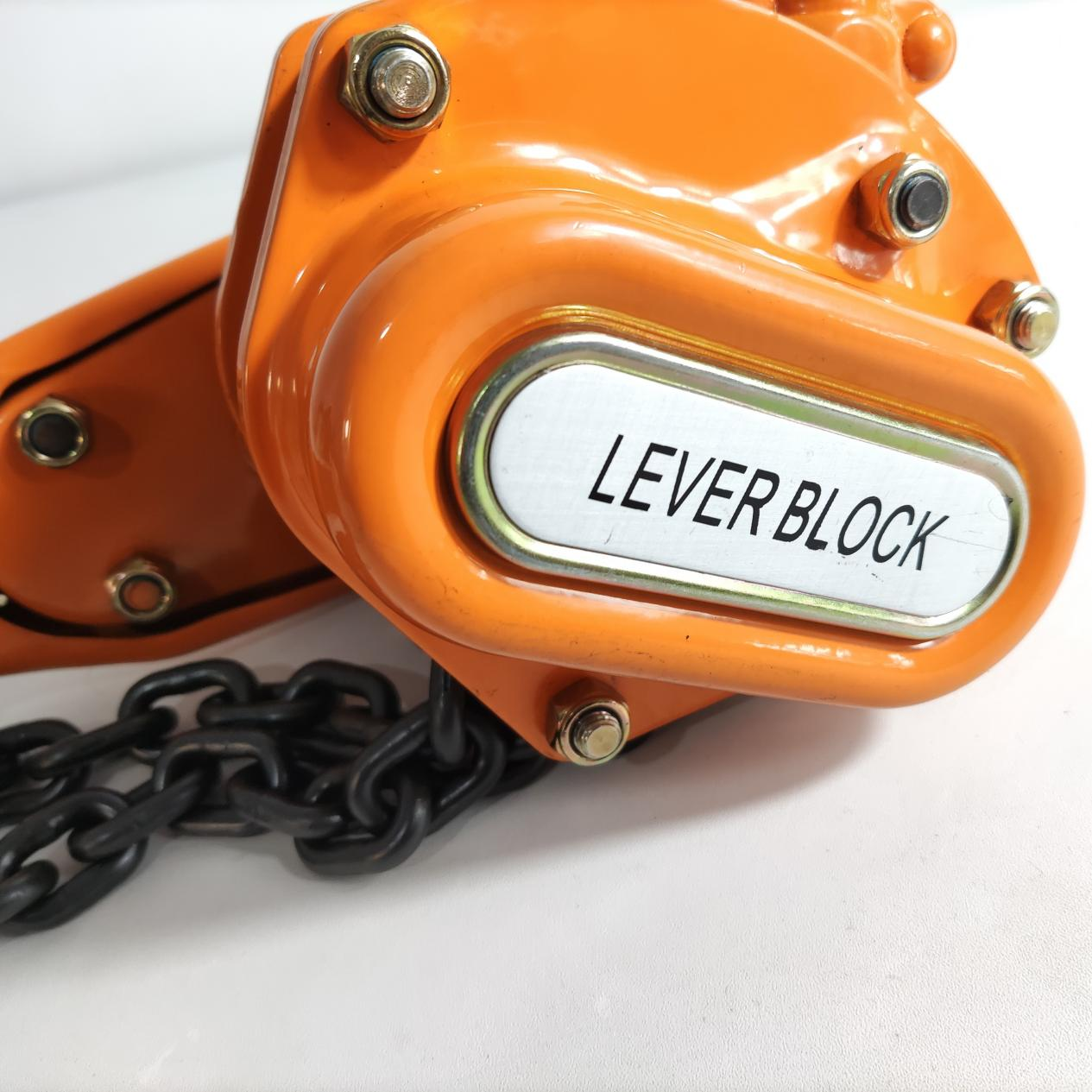There are three commonly used inspection methods for lever hoist: visual inspection, test inspection, and braking performance inspection. Below we will explain these inspection methods in detail one by one:
1. Visual inspection
1. All parts of the ratchet lever hoist should be well manufactured, and there should be no defects such as scars and burrs that affect the appearance of the Zhilian.
2. The condition of the lifting chain should be scrapped under the following conditions:
A. Corrosion: The surface of the chain is corroded in a pit shape or the chip is peeled off.
B. Excessive wear of the chain exceeds 10% of the nominal diameter.
C. Deformation, cracks and external damage;.
D. The pitch becomes more than 3%.
3. The condition of the hook, the following conditions should be scrapped:
A. The safety pin of the hook is deformed or lost.
B. The swivel of the hook is rusty and cannot rotate freely (360° rotation)
C. The hook is severely worn (more than 10%) and the hook is deformed (more than 15% in size), torsion (more than 10°), cracks, acute angles, corrosion, and warpage.
D. The manual lever hoist should be equipped with an appropriate chain blocking device to assist in the correct engagement of the chain and the sprocket, and when the lever hoist is placed and swayed at will, ensure that the chain cannot fall off from the sprocket ring groove.
2. Test method
1. No-load action test: In the no-load state of portable lever hoist, pull the handle and toggle the reversing claw to make the hook rise and fall once. Each mechanism should operate flexibly, and there should be no jamming or tightness. Disengage the clutch device and pull the chain by hand, which should be light and flexible.
2. Dynamic load test: According to the test load of 1.25 times, and according to the specified test lifting height, it is raised and lowered once. At the same time, the following requirements must be met. To
A. Lifting chain and lifting sprocket, cruise ship, hand zipper and hand sprocket mesh well;
B. The gear transmission should be stable and free of abnormal phenomena.
C. The torsion of the lifting chain during the lifting and lowering process;
D. The handle moves smoothly, and the lever force has no big changes;
E. The brake action is reliable.
3. Braking performance test
Load the load in accordance with the prescribed test, and test it in sequence in three times. The first test load is 0.25 times, the second time is 1 time, and the third time is 1.25 times. During the test, the load should be increased by 300mm, and then the load should be reduced by a manual method to the height of the lifting sprocket, and then stand still 1h, the heavy objects must not fall naturally.
Post time: Aug-24-2021


